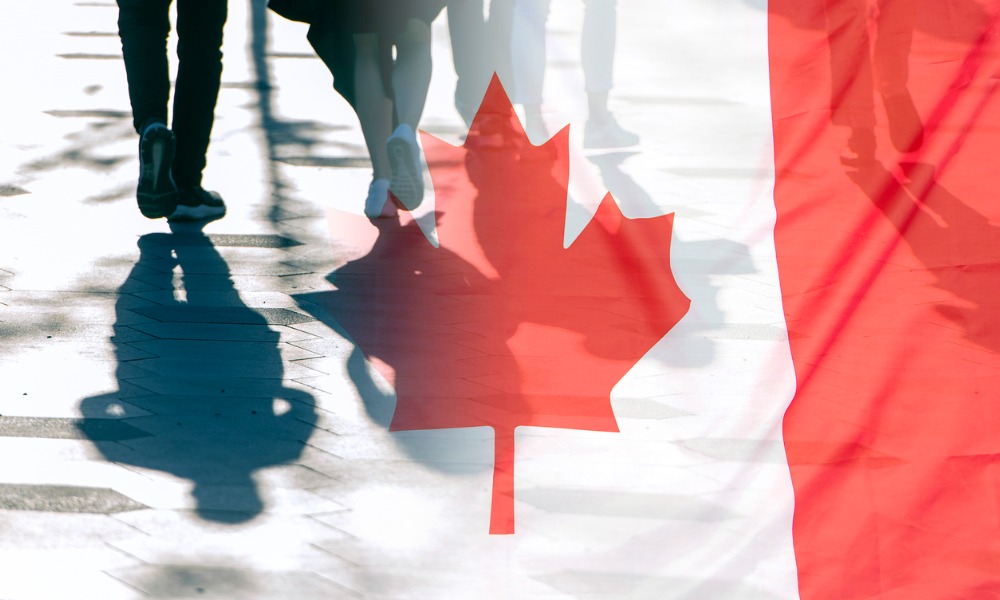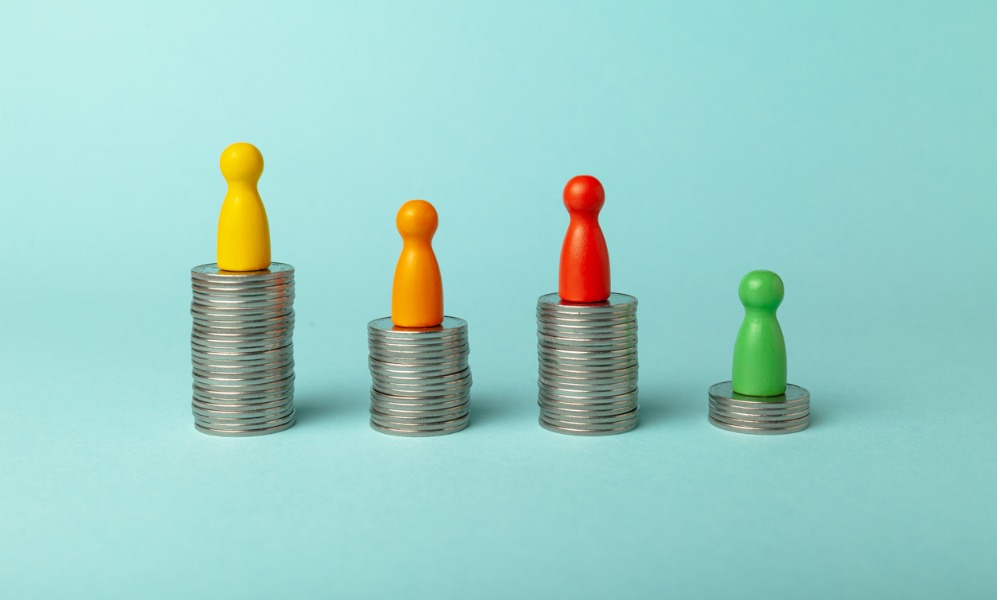With the sheer volume of data gained through rewards and recognition platforms, HR has the chance to dramatically boost performance and productivity
Today’s reward and recognition strategies involve an enormous amount of digital interactions and are therefore a rich source of data for HR, David Jackson, executive director of Solterbeck, told HRD.
“This fertile field makes big data one of the most significant opportunities in rewards and recognition today,” he said.
Data collected through reward and recognition platforms, gives HR a number of opportunities including understanding personal preferences, behaviour and activity; enhancing product design, etc.
In practice, Jackson continued, companies generally use big data for insight-driven planning and data-driven user experiences.
“For example, in the area of sales incentive planning, big data can reveal correlations between sales practices and sales outcomes.”
Therefore, it is possible to reward behaviour amongst employees while still being confident of an ample financial return.
Another example, Jackson says, is how data has become a crucial tool when it comes to employee recognition.
“For leaders, dashboards share data about employee activity, and reports provide insight into employee behaviour. For employees, the intrinsic reward that practice and progress can provide has been tapped by making this data as prominent as any financial reward.”
The amount of data available now is huge, he admits, which makes using this information in the correct way a challenge.
“But the best reward technologies are already collating traditionally discrete applications and companies utilising these tolls are able to enjoy the benefits of aggregated data,” he said.
All of this will ultimately improve the overall employee experience particularly because reward data itself is inherently rewarding, Jackson added.
“As we become better at understanding and sharing this data, we create a virtuous spiral: employees feel better recognised and rewarded and performance improves, generating further intrinsic and extrinsic reward, further improving performance, and so on.”
More like this:
Migrant worker program slammed as “worse than slavery”
Ottawa examines flex-time right
Three ways HR can combat workplace stress
“This fertile field makes big data one of the most significant opportunities in rewards and recognition today,” he said.
Data collected through reward and recognition platforms, gives HR a number of opportunities including understanding personal preferences, behaviour and activity; enhancing product design, etc.
In practice, Jackson continued, companies generally use big data for insight-driven planning and data-driven user experiences.
“For example, in the area of sales incentive planning, big data can reveal correlations between sales practices and sales outcomes.”
Therefore, it is possible to reward behaviour amongst employees while still being confident of an ample financial return.
Another example, Jackson says, is how data has become a crucial tool when it comes to employee recognition.
“For leaders, dashboards share data about employee activity, and reports provide insight into employee behaviour. For employees, the intrinsic reward that practice and progress can provide has been tapped by making this data as prominent as any financial reward.”
The amount of data available now is huge, he admits, which makes using this information in the correct way a challenge.
“But the best reward technologies are already collating traditionally discrete applications and companies utilising these tolls are able to enjoy the benefits of aggregated data,” he said.
All of this will ultimately improve the overall employee experience particularly because reward data itself is inherently rewarding, Jackson added.
“As we become better at understanding and sharing this data, we create a virtuous spiral: employees feel better recognised and rewarded and performance improves, generating further intrinsic and extrinsic reward, further improving performance, and so on.”
More like this:
Migrant worker program slammed as “worse than slavery”
Ottawa examines flex-time right
Three ways HR can combat workplace stress





